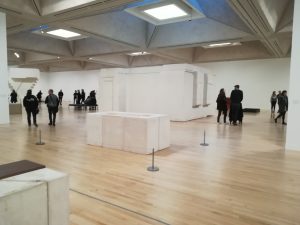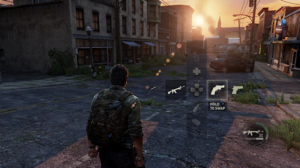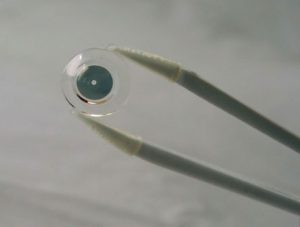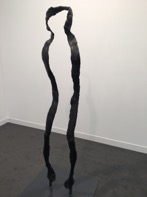Society is constantly exposed to new things all of the time; through media, art, technology or even music. Things are so new that companies hold them back because they have already created something “better” (N4g.com, 2017). So is it still possible to be authentic, “Of undisputed origin and not a copy; genuine” (Oxford Dictionaries | English, 2017)?
If we look at Modernism, “A rejection of history and conservative values, innovation and experimentation with form with a tendency to abstraction” (Tate, 2017) we can decide what an authentic piece of work is. Apply these values to mobile devices with the edges merged with the screens or films that have shared universes. Ten years ago these things where something un-heard, because they weren’t old or traditional ideas. Just these two ideas can show us that we in fact do live in a world where, actually authenticity is possible.
“Inspiration is for amateurs — the rest of us just show up and get to work. And the belief that things will grow out of the activity itself and that you will — through work — bump into other possibilities and kick open other doors that you would never have dreamt of if you were just sitting around looking for a great “art idea”.” (Fig, 2009) This quote emphasizes this concept of just creating an idea with no inspiration of past ideas and purely developed from what is in your head only, what you then create is solely your own.
That creation, by definition, is Authentic.
References,
N4g.com. (2017). New Sony laser technology 20 times better than Blu-Ray. [online] Available at: http://n4g.com/news/568528/new-sony-laser-technology-20-times-better-than-blu-ray [Accessed 19 Dec. 2017].
Oxford Dictionaries | English. (2017). authentic | Definition of authentic in English by Oxford Dictionaries. [online] Available at: https://en.oxforddictionaries.com/definition/authentic [Accessed 19 Dec. 2017].
Tate. (2017). Modernism – Art Term | Tate. [online] Available at: http://www.tate.org.uk/art/art-terms/m/modernism [Accessed 19 Dec. 2017].
Fig, J. (2009). Inside the painter’s studio. New York: Papress, p.42.





